What is the best container for my plants?
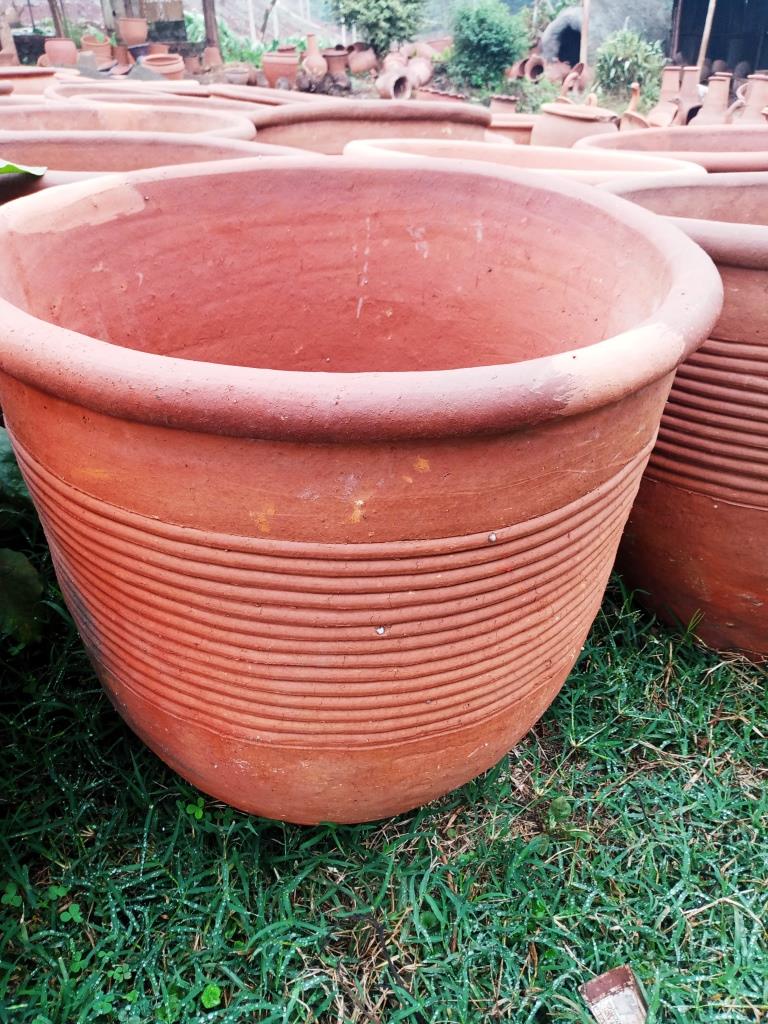
Introduction
This is a question you will be faced the moment you decide to get potted plants for your home. While there is no universal agreement as to what is the best container, the options available contain pros and cons. It therefore falls upon you to carefully asses them and determines the best container for you.
Containers are determined not just by the shape but also by the material they are made of. Should you go for clay (terracotta), fiber, plastic, metal wood or cement? And what factors should you consider in selecting the best container for plants?
In the article, we take a look at the different types of containers and evaluate their pros and constraints. This will give you a firm understanding of what to consider in selecting the best container for your plants.
Are Clay Pots the Best containers?
Clay pots have been used since ancient times. Evidence of this is found in remains of Greek and Roman civilizations dating back thousands of years. King Nebuchadnezzar’s hanging gardens –considered one of the original 7 wonders of the world-consisted of pots placed on terraces spilling their beauty down under.
Why clay post make the best containers
The word tera connotes earth in Italian. It means earth and baked connoting the process used to make these pots. Terracotta posts are made by molding clay, drying it and firing it in the kilns. Traditionally it has been done by artisans but recently machine made pots are available.
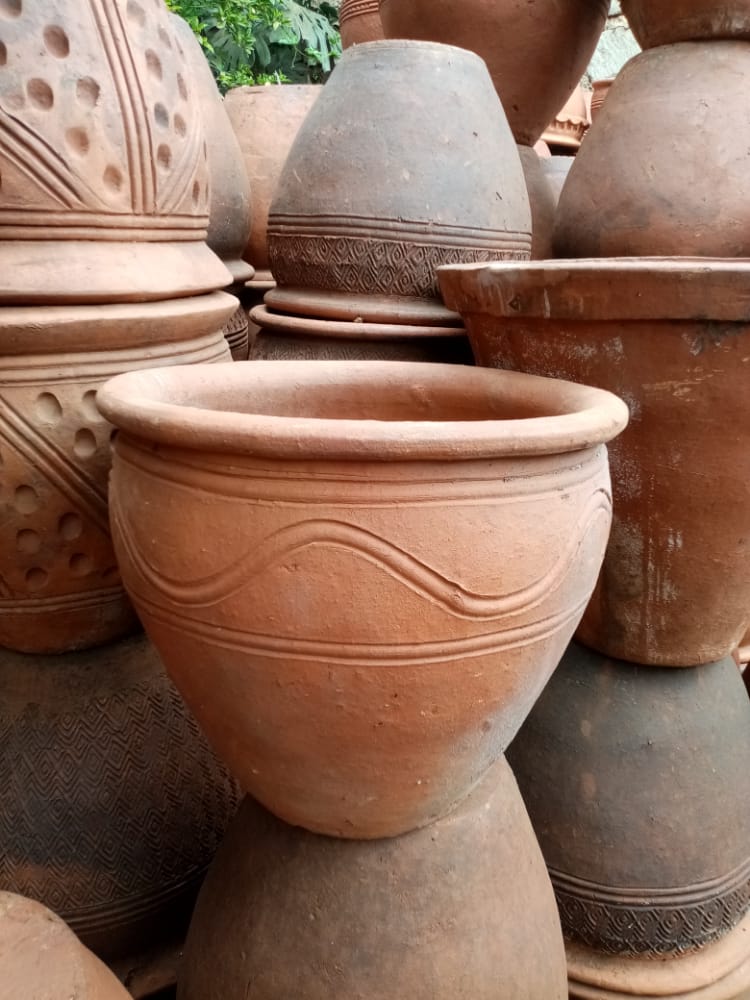
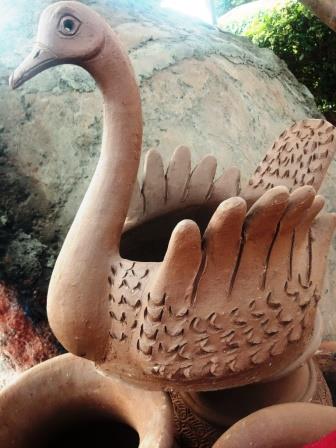
If you want a natural durable and affordable solution for pots, then go for clay. Clay pots are an all-time favorite based on the following factors;
Porosity-Because clay allows air and water particles to circulate freely, it promotes healthy root growth and prevents root rot.
- Clay is a good insulator. As material clay regulates soil temperatures as it does not heat up-even if temperatures rise. In hot climates where temperatures hover in the 30s and 40s, clay is a good buffer against too much warmth for plants.
- Aesthetically, clay is beautiful. The natural look adds a genial feel to any environment and such pots do not feel out of place.
- Because clay can be molded by hand clay pots can be made in different shapes including shoes shaped, duck like pots and even rabbit shapes.
- Clay is also durable. When well cared for clay pots can last years. I have seen pots that were passed from a mother to a child onto the grandchildren and great grandchildren still standing.
- Clay is also ideal if you are environmentally sensitive and prefer use of sustainable products.
2. Copper/metal Containers
Few pots or containers are as enticing as copper pots. Even after so many years, copper containers remain shiny and unaffected by rust that is the bane of other metals.

But what makes copper one of the best material for container plants?
- Copper has natural-microbial properties. These properties prevent the growth of harmful bacterial in the soil. As such plants develop healthier root systems.
- The thermal conductivity of copper makes it one of the best containers for indoor plants. Coppers high thermal conductivity enables it to regulate soil temperatures ensuring that plant roots are at optimum temperatures.
- Copper is also very lightweight. This informs its use in hanging containers and wall planters and conservatories.
- Copper is recyclable. Long after you are gone, your copper material will still be in circulation in another form.
It may be worth nothing that some plants may be sensitive to copper. These include ferns, rhododendrons, blueberries, tomato and citrus fruits.
What makes some plants sensitive to copper?
Citrus plants-Sensitive to copper and shows signs of copper toxicity e.g leaf drop when planted in a copper container.
Ferns
Sensitive to copper and may develop brown spots on their fronds
Azaleas and rhododendrons-Sensitive to huge levels of copper in soil
Blueberies-toxicity cause stunted growth, reduced fruit production
Tomatoes-High levels may cause toxicity but for an extended period of time
3. Fiber glass containers-Another contender for best container
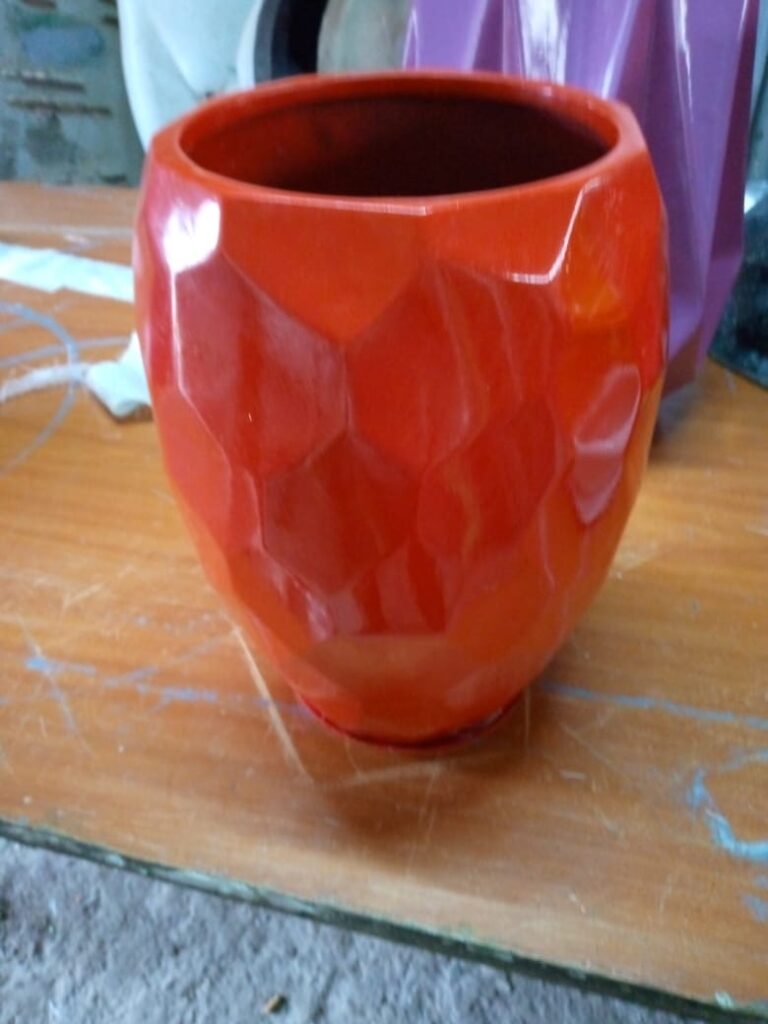
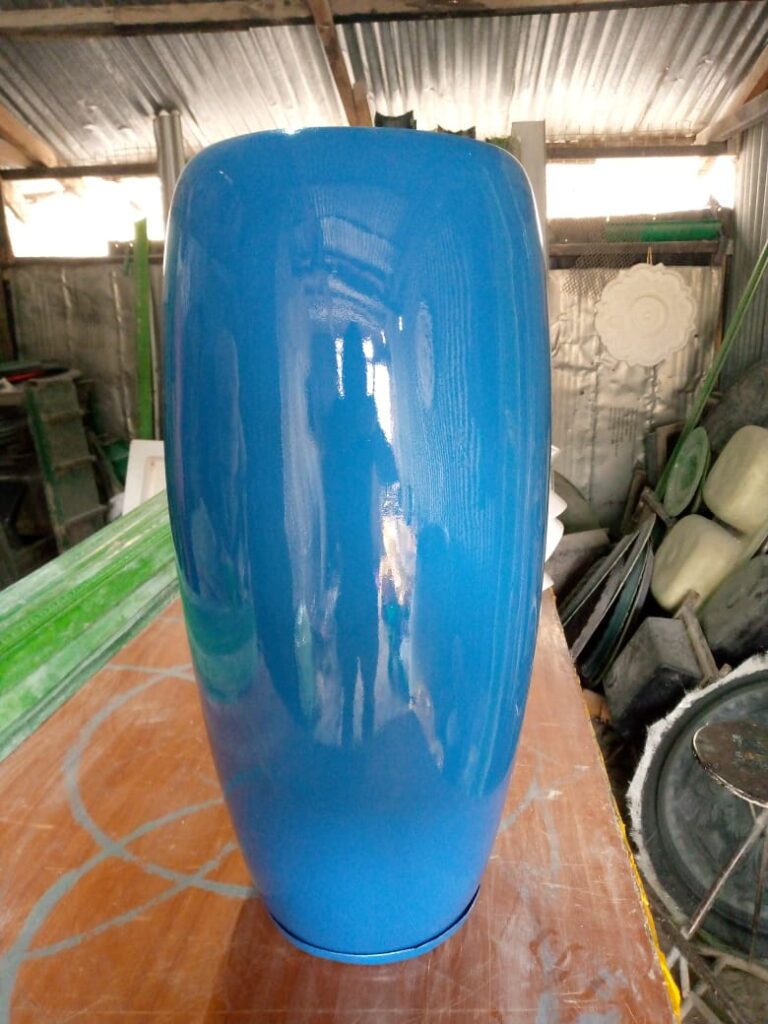
They form some of the best containers on the market because of the following reasons;
- Fiber is highly versatile.
- They have a wide range of preferences, shapes sizes and color. They can be also customized to any design you need.
- Unlike clay, fiber does not crack or break.
- It does not suffer from staining like clay pots.
- Like clay, fiber has insulating properties. These help control temperature fluctuations.
- For those in rented houses, fiber pots are advantageous as they are light. It is easier to drag them along as you move your stuff out of the home/house.
- Paint work doesn’t fade and cleaning them is easy as they have a smooth surface finish.
4. Plastic containers
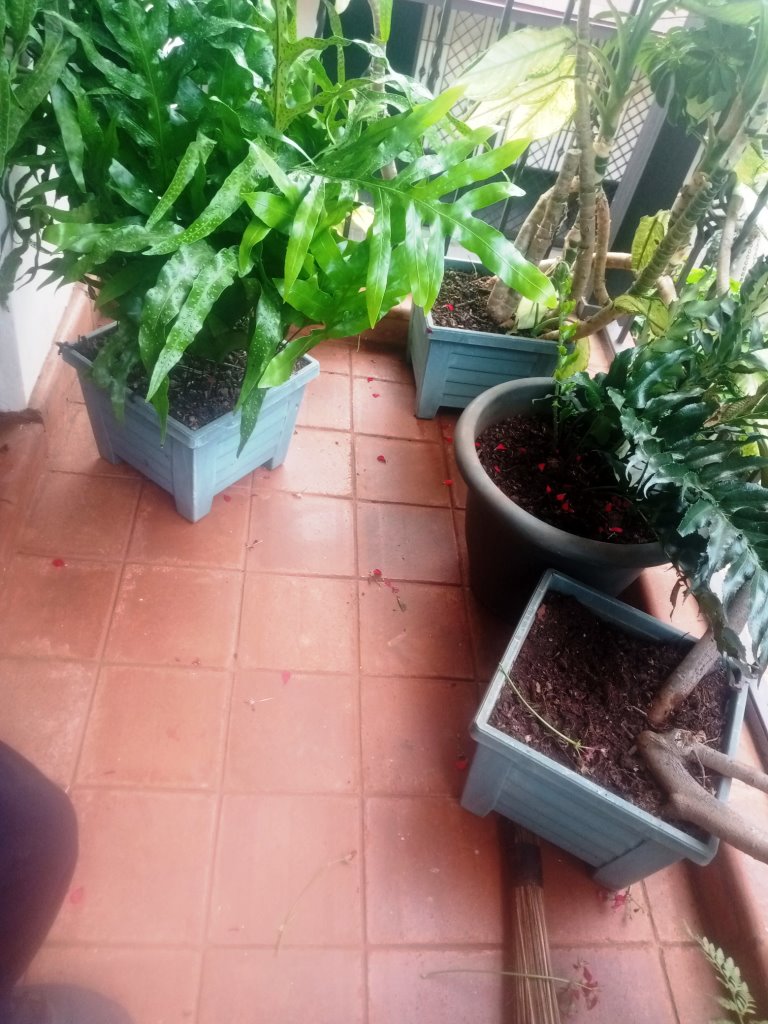
- Highly durable compared to clay or ceramic.
- Good drainage as most come with perforated bases for easy drainage that prevents waterlogging that causes root rot.
- Easy to clean and sanitize-especially if you want to reuse for different plants. Simply wash with soap and water and disinfect it with bleach solution.
- Good for hanging baskets or flower stands.
- Light weight than other types like pits and wood.
Some consider Ceramic as the best Containers
Ceramic is a material that is made by heating clay in combination with other materials and minerals to high temperatures in a kiln. The resulting clay material hardens and becomes durable lending itself to a shaping, molding and glazing in a variety of ways.
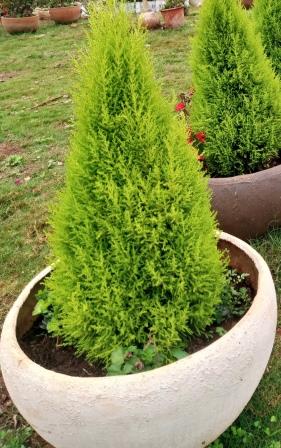
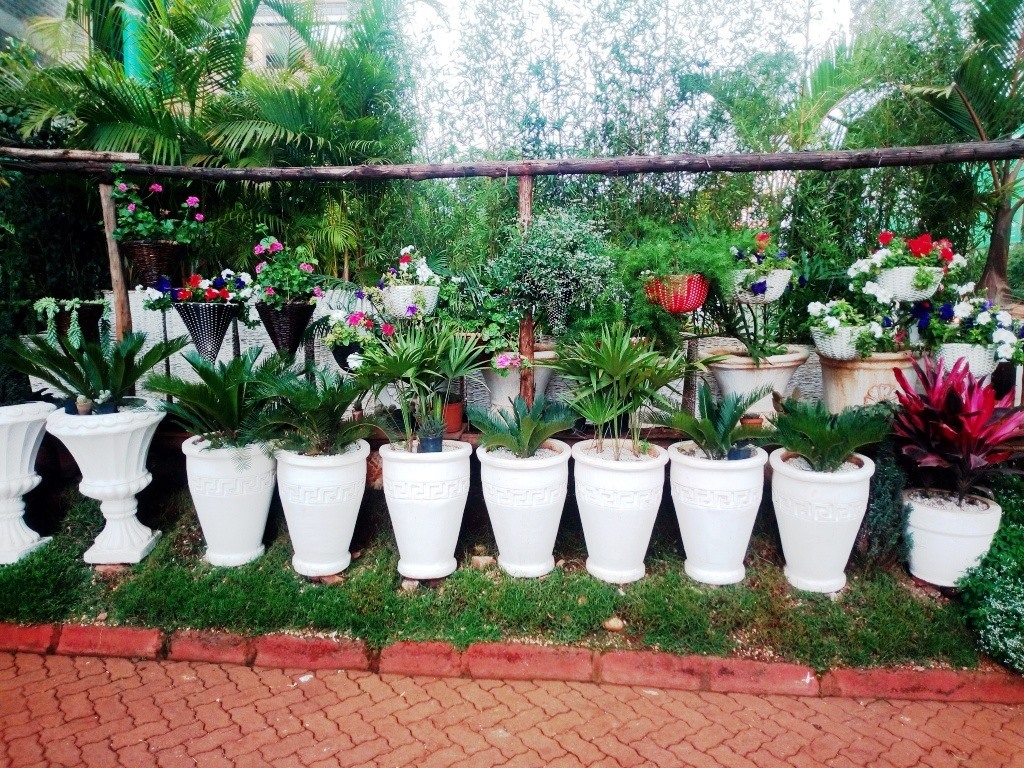
Advantages of ceramic
- They also offer good insulation against sudden temperature fluctuation. This is important for plants that require consistent growing conditions.
- Porous material allows air and water circulation through the soil easily. Good for plant growth as it prevents compaction and allows for better drainage.
- Durable and long lasting. It withstands exposure to the elements.
- Less likely to break or crack and provide stable growing conditions.
- Heavier than plastic making them ideal for larger plants. They cannot tip over due to their weight, a good advantage especially in areas that experience strong winds.
- They are chemical free. They do not contain chemicals or toxins that could leach into the soil.
6. Plastic composite
This is a material that results from mixing ground wood particles and thermoplastic resin. Its key advantage is its sustainability. Composite is used in many applications including manufacture of containers.
Advantages of plastic composite/resin
- Lightweight.
- Weather resistant
- Durable.
- It is low maintenance.
7. Concrete/Cement
Mortar has been in use for ages. Cement containers are very sturdy and long lasting. If you have large plants that you will not move often, cement is the best container. Cement they provide good insulation although its weight can be a drawback.
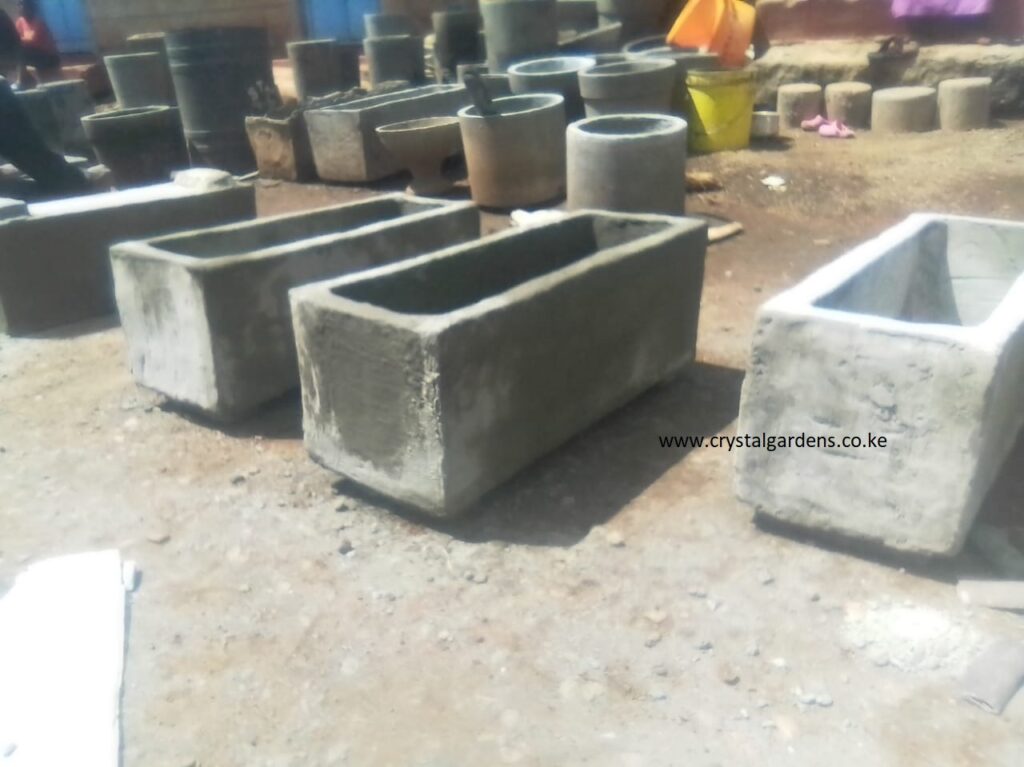
8. Fabric Grow bags-probably the containers for gardeners on the move
Grow bags are considered by many as one of the best container materials. They are be made from felt or geotextile. These are breathable materials. Grow bags are popular for indoor, balcony or patio or outdoor plants.
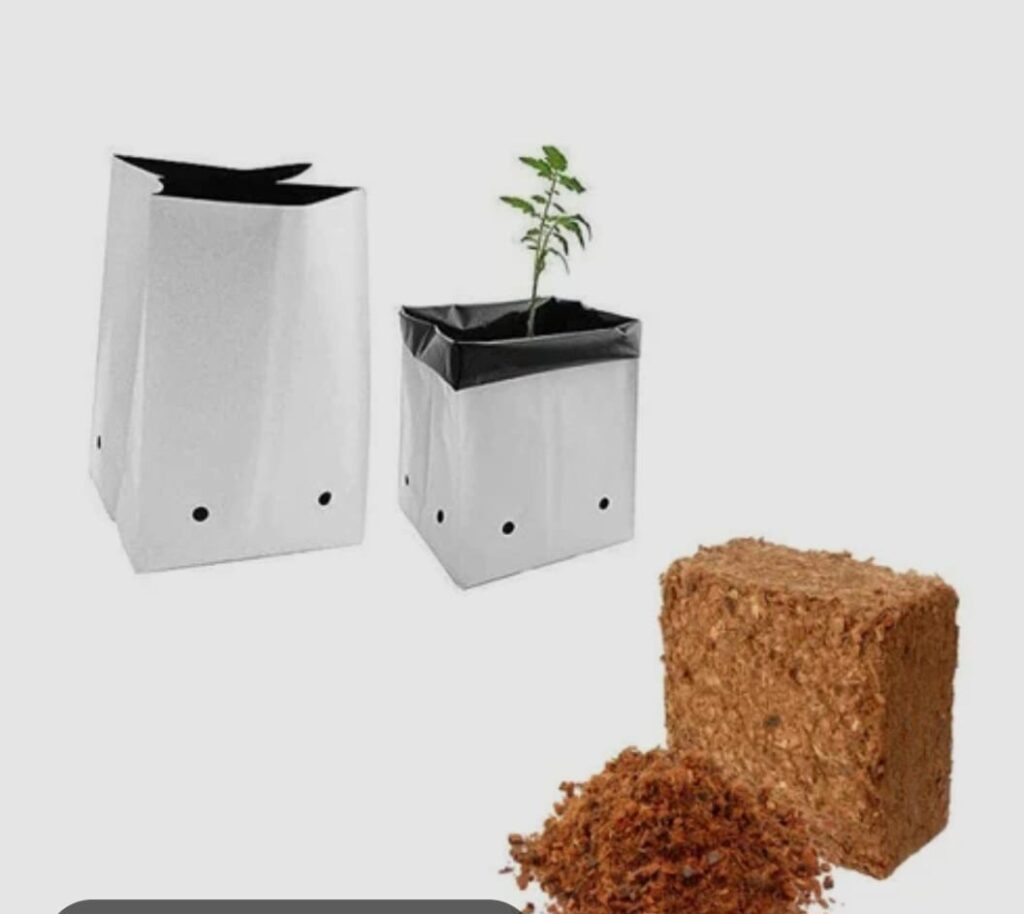
Advantages of Grow bags
- Breathability. Air is able to move in and out of the container. This helps in drainage, avoiding root rot.
- Easily portable. Because they are lightweight, you can easily move them around.
- Long lasting. They are made from durable materials and will remain durable for long periods.
- Environment friendly. Since they are made from recycled materials, they can still be recycled and turned into material for another product.
- Disease control. It is easy manage disease prevention by sterilizing the material as the material is easy to clean compared to other containers.
- Wide choice. Grow bags offer a wide variety of sizes, shapes, colors and materials. Besides giving you giving options for aesthetics, it enables you to grow any size of plant-tree, shrub, herb or annuals in a grow bag.
Disadvantages of Growbags
- Grow bags can be cheap if you are buying a few. However if you need many, the cost can be prohibitive.
- Limited insulation compared to the more sold containers like fiber.
- Require frequent watering. Due to breathability, grow bags need regular watering as they dry out faster.
- They are not ideal for larger plants like trees as they are not stable like other containers.
9. Wood Containers
Use wood when you want a natural-like appearance. The most preferred wood is cedar or redwood. I find wood quite attractive to the eye. From my experience, I prefer using wood containers like planters for growing vegetables, herbs and decorative plants. I use bamboos in planters to form screens/hedges.

The main disadvantage with wood is that it is heavy and eventually can rot due to water logging.
Conclussion
The pot you go for will be determined by what is available in your locality, cost and personal preference. Whatever you go for, always remember that even what you consider the best container will not make plants grow automatically. You will still need to put in the hard work.
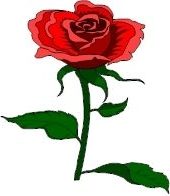
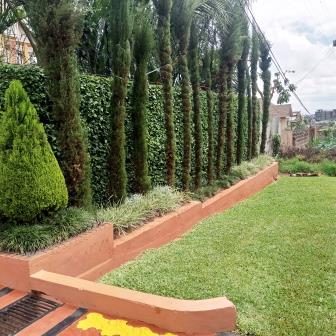
Leave a Reply